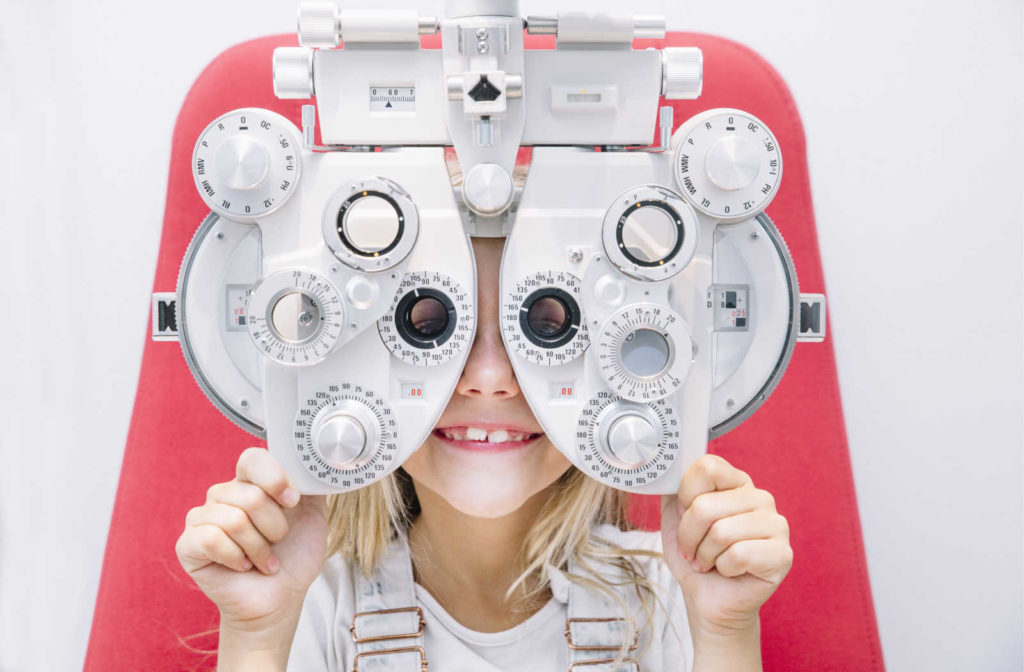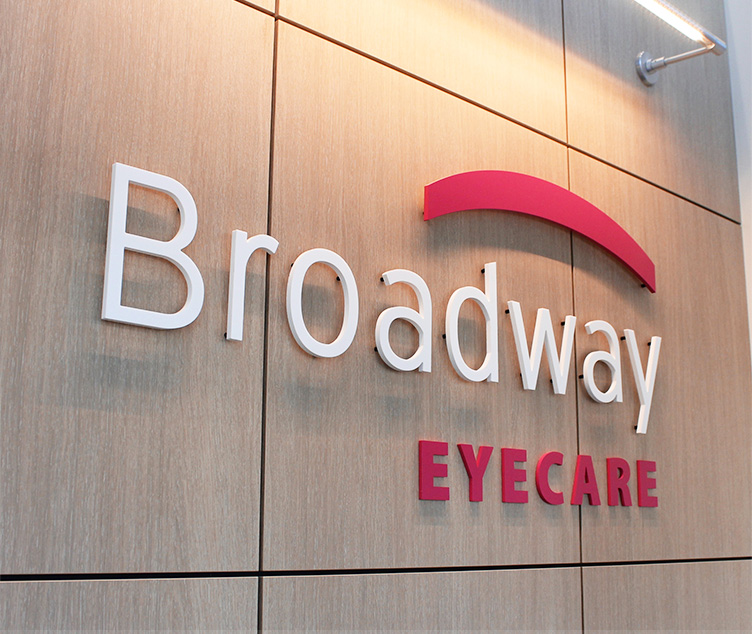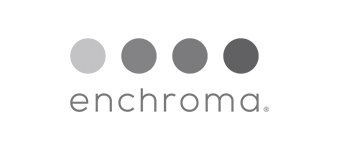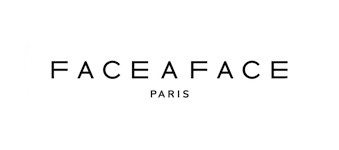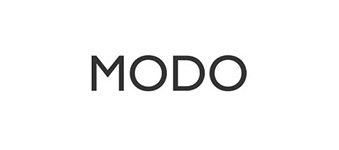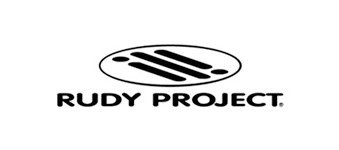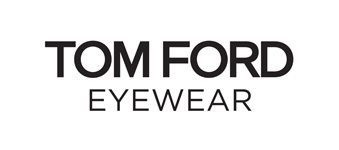Good vision care habits are built from a young age. Healthy eyes are essential to your child’s development, and the first step is scheduling consistent eye exams with your optometrist.
Early and frequent eye exams can help your children develop good vision care habits they can carry with them through adulthood.
But when should a child have their first eye exam? Let’s take a look at the recommended exam schedule for children, including what to expect during the exam.
What a Children’s Eye Exam Covers
An eye exam is a powerful tool that does more than just determine a prescription for new glasses or contact lenses. Early and consistent eye exams can assist in detecting and treating vision issues such as strabismus (crossed or turned eyes) and amblyopia (lazy eye).
Eye exams are also an opportunity for your optometrist to check for refractive errors such as:
- Myopia (nearsightedness)
- Hyperopia (farsightedness)
- Astigmatism
During the exam, your optometrist will check for essential visual skills that are important for learning, movement, and coordination, such as:
- Focusing ability
- Eye tracking
- Colour vision
Around 80% of classroom learning is visual. Early visual development is an important time for your children that contributes to all aspects of their lives, including classroom learning, sports, and computer use.
Untreated vision problems can lead to:
- Learning at a slower rate
- Poor self esteem
- Frustration with learning
A visit to the optometrist can make some children nervous, but your optometrist will make it a priority to ensure that your children are comfortable throughout the exam process that is catered to their developmental level.
Myopia Control
Myopia (nearsightedness) is a common vision condition that typically develops in childhood and continues through adolescence, affecting nearly 30 percent of Canadians. It can negatively impact your children’s quality of life if not managed. Myopia occurs when the eyeball is too long, or the cornea is curved too steeply.
Some common signs and symptoms of myopia may include:
- Eye strain
- Blurry vision when looking at distant objects
- Excessive blinking
- The need to squint to see clearly
Regular eye exams are the first step in controlling the progression of myopia. Your optometrist may offer myopia control methods such as:
- MiSight 1 Day contact lenses
- Multifocal contact lenses
- Multifocal eyeglasses
- Prescription eye drops
When to Schedule an Eye Exam for Your Children
Your child’s vision is ever-changing, so consistently monitoring visual development and changes is essential. The Canadian Association of Optometrists recommends the following exam frequency for children:
- First eye exam between 6 and 9 months
- At least one eye exam between the ages of 2 and 5
- Yearly between the ages of 6 to 18
Maintaining a consistent eye exam schedule is vital, and your optometrist may recommend additional exams based on your child’s unique visual needs.
The vision care partnership begins early so your optometrist can monitor your child’s vision development through every stage. Whether it’s for myopia control or staying up-to-date with crucial visual development, consistency is key!
Healthy Long-Term Vision
Booking eye exams early and often can help familiarize your children with a trip to the optometrist’s office. Developing these good vision care habits early can help set your children up for success through adulthood.
Book an appointment with your optometrist to get your children started on their eye care journey.


